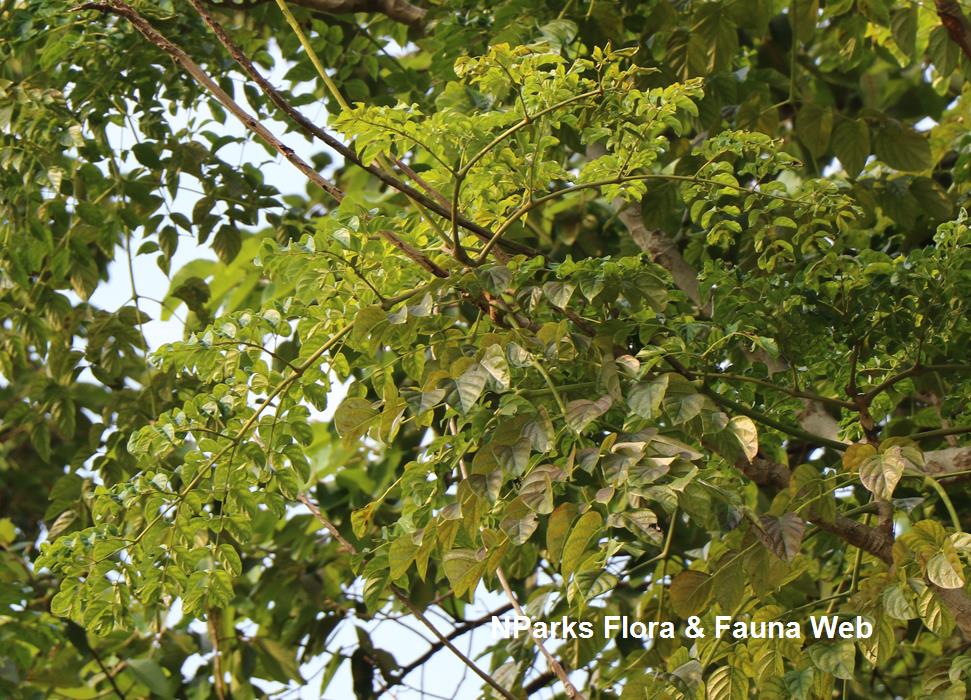_low_res.jpg)
Back
Oroxylum indicum
| Family Name: | Bignoniaceae |
| Common Name: | Midnight Horror, Broken Bones Plant, Tree of Damocles, Indian Trumpet Flower, Beka, Blonglai, 木蝴蝶 |
Name
Classifications and Characteristics
| Plant Division | Angiosperms (Flowering Seed Plants) (Dicotyledon) |
|---|---|
| Plant Growth Form | Tree |
| Lifespan (in Singapore) | Perennial |
| Mode of Nutrition | Autotrophic |
Biogeography
| Native Distribution | From India, Tropical China to Southeast Asia. |
|---|---|
| Native Habitat | Terrestrial |
| Preferred Climate Zone | Tropical, Sub-Tropical / Monsoonal |
| Local Conservation Status | Non-native |
Description and Ethnobotany
| Growth Form | It is a semi-deciduous tree, up to 27 m tall. The trunk has grey-brown bark and large leaf scars. |
|---|---|
| Foliage | Leaves are compound, 2 – 4-pinnate, imparipinnate, about 50 – 130 (200) cm long. Leaflets are ovate to oblong (4 – 11 cm long and 3 – 9 cm wide) with entire leaf margin, acute to acuminate leaf tip, unequal to cuneate leaf base and 4 – 5 pairs of lateral veins. Glands are present and scattered on the underside of young and some mature leaves, near the veins axils. The leaflets wilt starting from the tip to the base of the leaf. The leafless stalks break apart at the joints and resemble limb bones as they falls. |
| Flowers | Inflorescence occurs at the terminal in raceme, about 25 – 150 cm long. Flowers are large (7 – 10 cm long), brownish yellow to dirty violet colour, funnel-shaped. Each flower has 5 reflexed lobes, 5 stamens which is hairy at the base, 1 style which is 4 – 6 cm long, and superior ovary. The flower is bad-smelling, opens at night and wilts before sunrise. Each raceme has 1 – 2 flowers opening at any one time. The calyx persist and turn woody after the flowers have faded. |
| Fruit | The fruit is a woody capsule that is sword-shaped (45 – 120 cm long and 6 – 10 cm wide) and pendulous. The pod turns black when ripe. Seeds are round and large (5 – 9 cm long and 2.5 – 4 cm wide), with thin transparent wings. Flowers and fruits may be found on the same tree as each branch can blooms independently of the others. |
| Habitat | It grows in secondary forest, mostly below 1000 m altitude. |
| Associated Fauna | The flowers are pollinated by bats such as Cave Nectar Bat (Eonycteris spelaea). |
| Cultivation | It may shed its leaves during dry season and remain leafless for many months. |
| Etymology | Oros, in greek, means mountain, and xylon means wood or tree. indicum refers to the country India, where the tree is naturally found there. |
| Ethnobotanical Uses | Medicinal: In Myanmar, a decoction of <i>Oroxylum indicum</i> bark, along with other herbs, to treat various ailments such as arthiritis, jaundice, dysentery, diarrhea, indigestion and rheumatism. In Malaysia, a decoction of the leaves is drunk to relieve stomachache, rheumatism, and wounds. |
Fauna, Pollination and Dispersal
| Pollination Method(s) | Biotic (Fauna) (Vertebrates (Bat)) |
|---|---|
| Seed or Spore Dispersal | Abiotic |
Plant Care and Propagation
| Light Preference | Full Sun |
|---|---|
| Water Preference | Moderate Water |
| Plant Growth Rate | Moderate |
Foliar
| Foliage Retention | Drought / Semi-Deciduous |
|---|---|
| Mature Foliage Colour(s) | Green |
| Foliar Type | Compound |
| Foliar Margin | Entire |
| Foliar Apex - Tip | Acuminate |
Non - Foliar and Storage
| Bark Colour(s) | brownish-grey. |
|---|
Floral (Angiosperm)
| Flower Location | Terminal |
|---|---|
| Inflorescence Type | Raceme |
| Flowering Opening Time | Night (dusk to dawn) |
Fruit, Seed and Spore
| Fruit Type | Dehiscent Dry Fruit , Capsule |
References
| References | Van Steenis, C.G.G.J. (1977). Bignoniaceae. In:Van Steenis, C.G.G.J. (ed) Flora Malesiana, ser. 1, vol. 8, pp. 114–186., Alphen aan den Rijn: Sijthoff & Noordhoff International Publishers |
|---|
Image Repository
Others
| Master ID | 29403 |
|---|---|
| Species ID | 3712 |
| Flora Disclaimer | The information in this website has been compiled from reliable sources, such as reference works on medicinal plants. It is not a substitute for medical advice or treatment and NParks does not purport to provide any medical advice. Readers should always consult his/her physician before using or consuming a plant for medicinal purposes. |

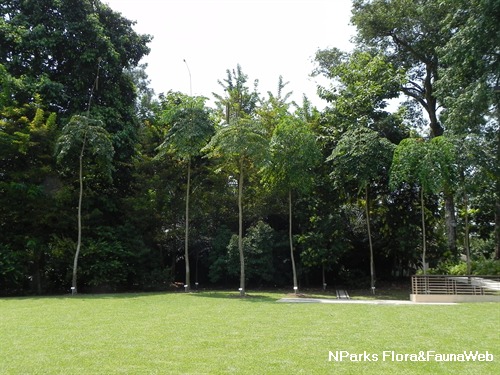
_low_res.jpg)
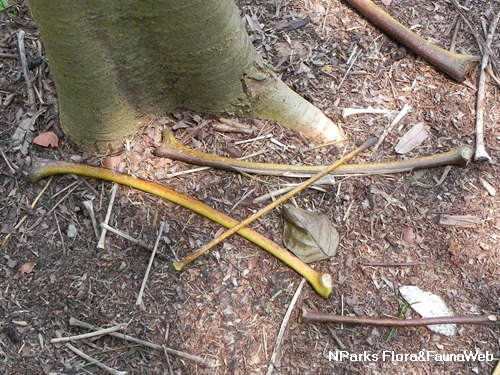
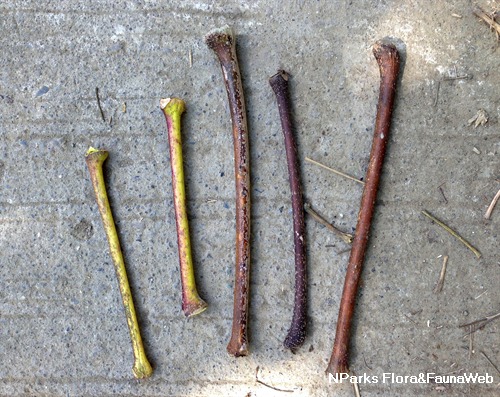
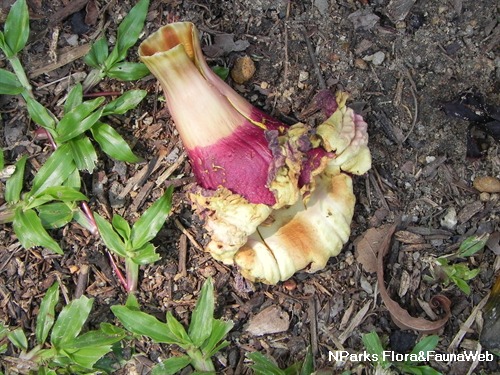
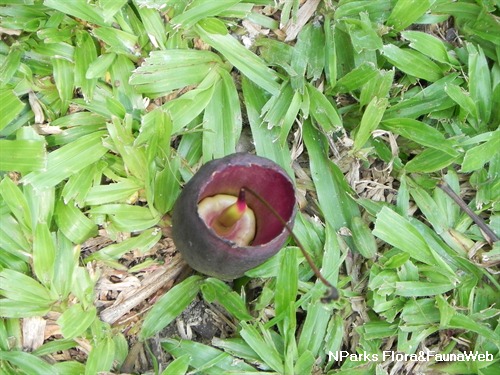
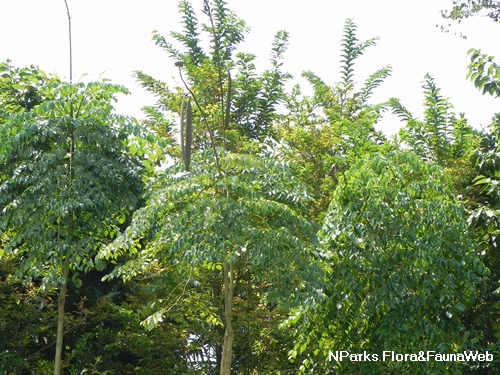
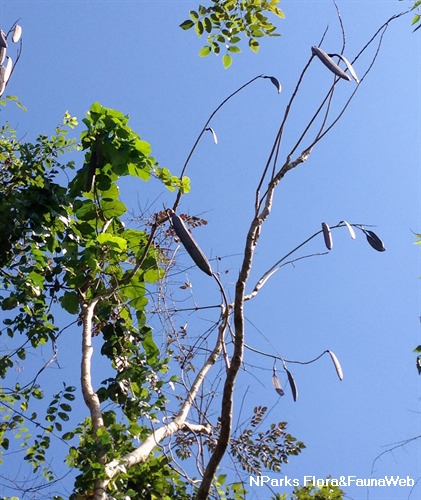
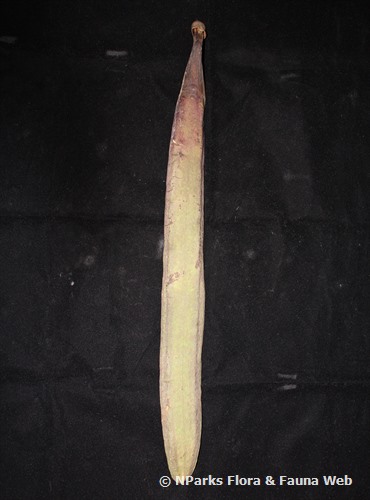
_low_res.jpg)
